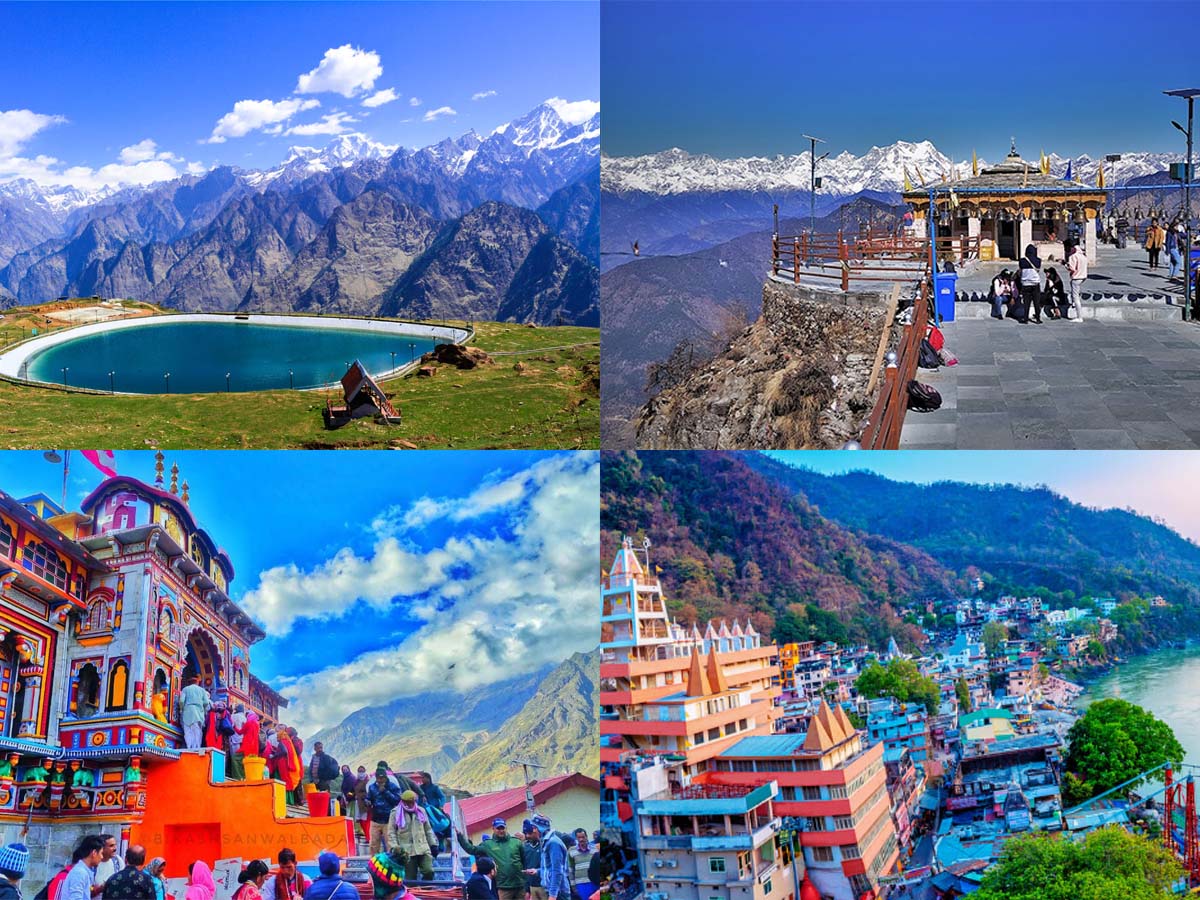
Uttarakhand spiritual legacy
Uttarakhand’s Sacred Pilgrimage
Uttarakhand, often referred to as “Devbhumi” or the “Land of the Gods,” is one of India’s most spiritually significant states. Nestled in the lap of the Himalayas, it is home to some of the most revered pilgrimage sites in Hinduism Uttarakhand spiritual legacy. The spiritual heritage of Uttarakhand is deeply rooted in mythology, and its sacred destinations attract millions of devotees and seekers of peace every year.
Char Dham
The most prominent pilgrimage circuit in the region is the Char Dham Yatra, which comprises four sacred shrines: Yamunotri, Gangotri, Kedarnath, and Badrinath. This yatra is believed to cleanse the soul and wash away sins, helping the pilgrim attain moksha (liberation). Each shrine is dedicated to a different deity and carries its own unique significance.
Yamunotri
Yamunotri, the source of the holy Yamuna River, is dedicated to Goddess Yamuna. Pilgrims trek through rugged terrain to reach this temple, where natural hot springs like Surya Kund are also found. According to legend, a bath in these waters protects against untimely death.
Gangotri
Gangotri, the origin of the sacred Ganges River, is dedicated to Goddess Ganga. It is believed that the Ganges descended from heaven when Lord Shiva released her from his locks. Pilgrims visit the Gangotri temple and often trek further to Gaumukh, the actual glacier source of the Ganga.
Kedarnath
Kedarnath, one of the twelve Jyotirlingas of Lord Shiva, is located in a remote region surrounded by snow-capped peaks. The temple, believed to be built by the Pandavas, holds immense importance in Shaivism Uttarakhand spiritual legacy. Despite the harsh climate and challenging trek, thousands of devotees make the journey each year to seek the Lord’s blessings.
Badrinath
Badrinath, dedicated to Lord Vishnu, is one of the most significant Vaishnavite shrines in India. The temple, situated on the banks of the Alaknanda River, is associated with Adi Shankaracharya, who revived this ancient pilgrimage site in the 8th century.
